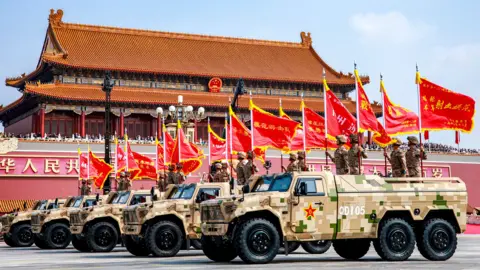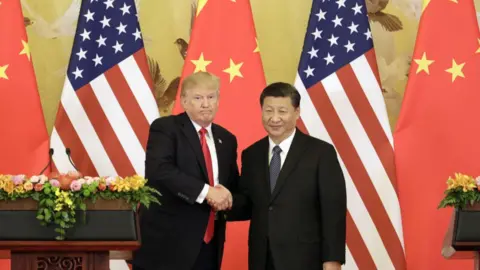In northern Mexico, a factory that primarily produces air-conditioning and refrigeration units is confronting the challenges posed by U.S. tariffs. Approximately 80% of the facility's production is earmarked for the United States, making its business model particularly vulnerable to changes in U.S. trade policies. The imposition of tariffs by former President Trump marked a turning point, forcing the company to devise adaptive strategies or risk disruption.
Before the tariffs, the factory benefited from trade agreements, with only 40% of exports subject to strict regulations. However, the suspension of tariffs on specific products as agreed upon under those agreements gave the factory fresh avenues to explore. Factory managers began searching for Mexican suppliers to meet the needs of their U.S. clients, while also closely analyzing which of their goods could potentially comply with existing trade regulations.
"We took this opportunity to reassess our sourcing strategy and localize production processes," said Xavier Casas, the factory manager for Danfoss in Apodaca. This proactive approach, akin to bracing for turbulence on a flight, underscores a commitment to navigate the complexities of international trade in challenging times.
While many factories are altering their strategies, they are not alone in adapting to the impact of tariffs. This shift encapsulates a broader movement within Mexican industry, where reliance on Asian suppliers is re-evaluated in favor of fostering local production capabilities. As companies pivot to mitigate risks, they hope to uphold competitiveness in the global marketplace amidst evolving U.S. trade policies.




















